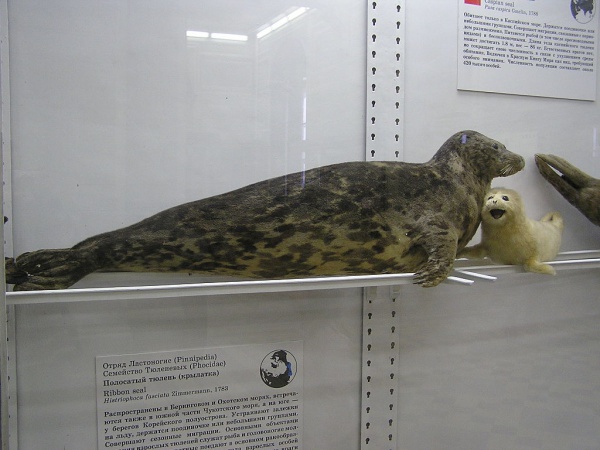Facts About Caspian seal
The Caspian seal is a distinctive species of earless seal found exclusively in the Caspian Sea. These seals are actually descendants of Arctic ringed seals that were trapped in the Caspian Sea when the ice sheets melted. Adult Caspian seals are relatively small, measuring about 126 to 129 cm in length and weighing approximately 86 kg. They primarily feed on fish and crustaceans, consuming about 2 to 3 kg of fish daily. These seals aren't deep divers; they typically dive up to 50 meters and remain underwater for about a minute.
Caspian seals are social animals that enjoy congregating in large colonies. During the mating season, they gather in sizable groups, whereas at other times, they tend to be solitary. Breeding occurs in the northern part of the Caspian Sea, where female seals give birth to a single pup after an 11-month gestation period.
Unfortunately, Caspian seals face numerous threats. Sea eagles prey on them, human hunting persists, and commercial activities contribute to habitat degradation. Pollution is another significant concern. Over the years, their population has declined markedly due to these challenges, including outbreaks of the canine distemper virus.
This virus has caused several mass die-offs among Caspian seals, manifesting as symptoms such as weakness, muscle spasms, and respiratory distress. The virus is not the only issue; bacterial infections have also been detected in these seals, increasing their susceptibility to diseases.
To safeguard the Caspian seal population, concerted conservation efforts are critical. Addressing the myriad threats they encounter in their environment is essential for their continued survival.

 Turkey
Turkey